David Ceddia
Universal mask for hard X rays
Mar 18, 2023Abstract:Multiple exposures, of a single illuminated non-configurable mask that is transversely displaced to a number of specified positions, can be used to create any desired distribution of radiant exposure. An experimental proof-of-concept is given for this idea, employing hard X rays. The method is termed "ghost projection", since it may be viewed as a reversed form of classical ghost imaging. The written pattern is arbitrary, up to a tunable constant offset, together with a limiting spatial resolution that is governed by the finest features present in the illuminated mask. The method, which is immune to both proximity-correction and aspect-ratio issues, can be used to make a universal lithographic mask in the hard-X-ray regime. Ghost projection may also be used as a dynamically-configurable beam-shaping element, namely the hard-X-ray equivalent of a spatial light modulator. The idea may be applied to other forms of radiation and matter waves, such as gamma rays, neutrons, electrons, muons, and atomic beams.
Ghost projection. II. Beam shaping using realistic spatially-random masks
Feb 18, 2022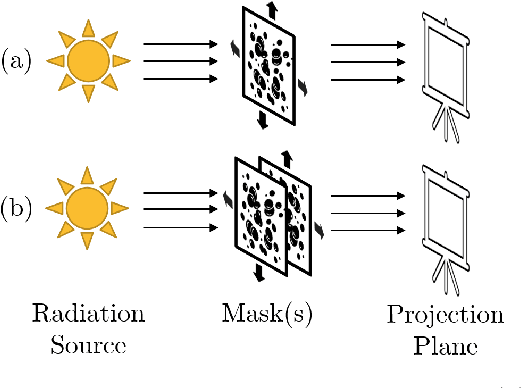
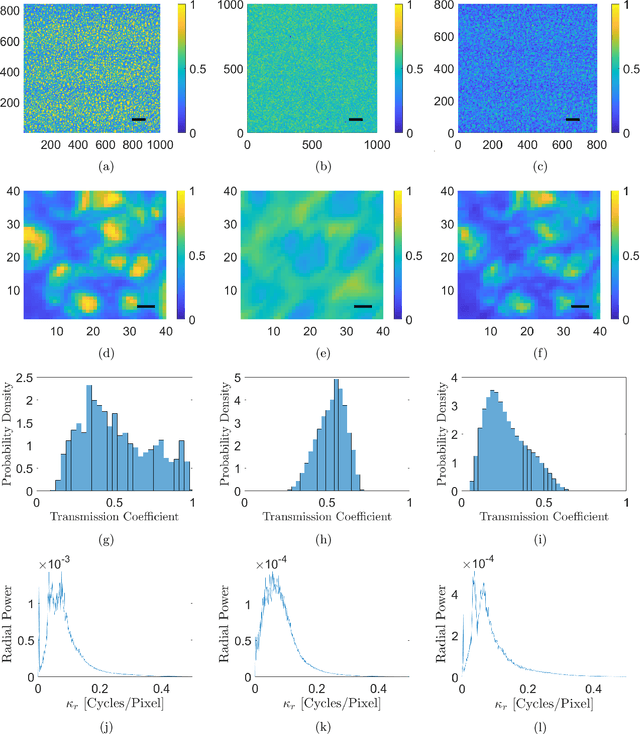
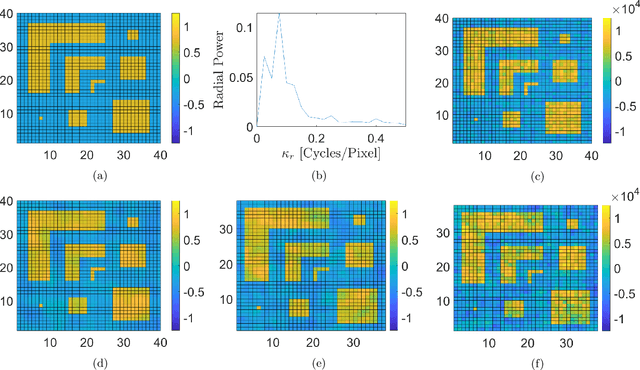
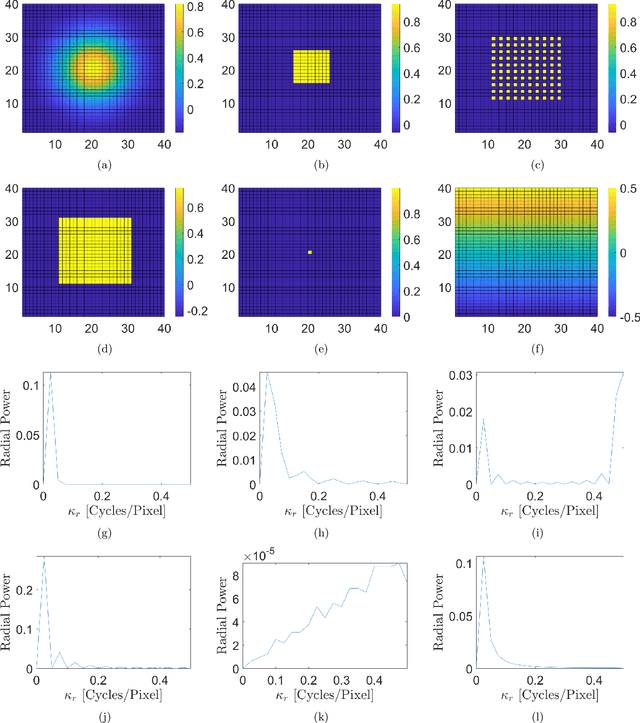
Abstract:The spatial light modulator and optical data projector both rely on precisely configurable optical elements to shape a light beam. Here we explore an image-projection approach which does not require a configurable beam-shaping element. We term this approach {\em ghost projection} on account of its conceptual relation to computational ghost imaging. Instead of a configurable beam shaping element, the method transversely displaces a single illuminated mask, such as a spatially-random screen, to create specified distributions of radiant exposure. The method has potential applicability to image projection employing a variety of radiation and matter wave fields, such as hard x rays, neutrons, muons, atomic beams and molecular beams. Building on our previous theoretical and computational studies, we here seek to understand the effects, sensitivity, and tolerance of some key experimental limitations of the method. Focusing on the case of hard x rays, we employ experimentally acquired masks to numerically study the deleterious effects of photon shot noise, inaccuracies in random-mask exposure time, and inaccuracies in mask positioning, as well as adapting to spatially non-uniform illumination. Understanding the influence of these factors will assist in optimizing experimental design and work towards achieving ghost projection in practice.
Ghost Projection
Sep 03, 2021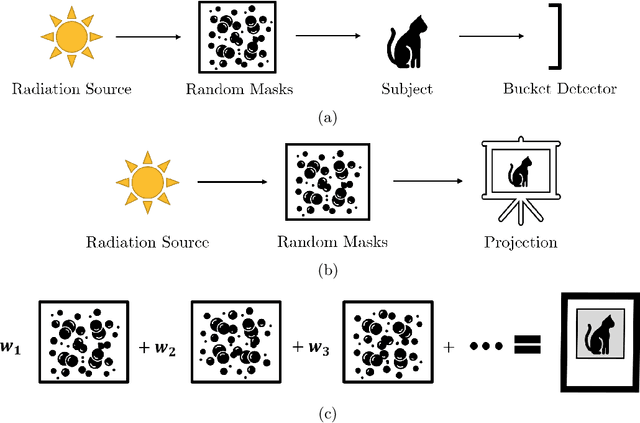

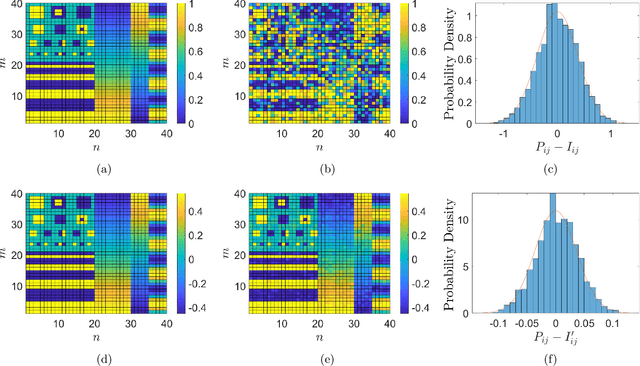

Abstract:Ghost imaging is a developing imaging technique that employs random masks to image a sample. Ghost projection utilizes ghost-imaging concepts to perform the complementary procedure of projection of a desired image. The key idea underpinning ghost projection is that any desired spatial distribution of radiant exposure may be produced, up to an additive constant, by spatially-uniformly illuminating a set of random masks in succession. We explore three means of achieving ghost projection: (i) weighting each random mask, namely selecting its exposure time, according to its correlation with a desired image, (ii) selecting a subset of random masks according to their correlation with a desired image, and (iii) numerically optimizing a projection for a given set of random masks and desired image. The first two protocols are analytically tractable and conceptually transparent. The third is more efficient but less amenable to closed-form analytical expressions. A comparison with existing image-projection techniques is drawn and possible applications are discussed. These potential applications include: (i) a data projector for matter and radiation fields for which no current data projectors exist, (ii) a universal-mask approach to lithography, (iii) tomographic volumetric additive manufacturing, and (iv) a ghost-projection photocopier.
 Add to Chrome
Add to Chrome Add to Firefox
Add to Firefox Add to Edge
Add to Edge